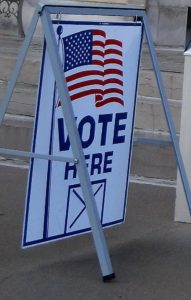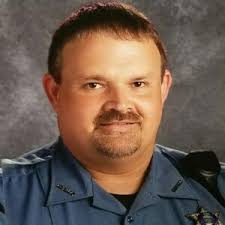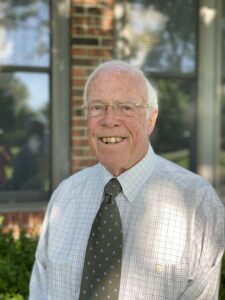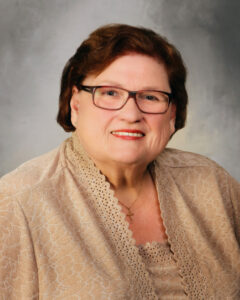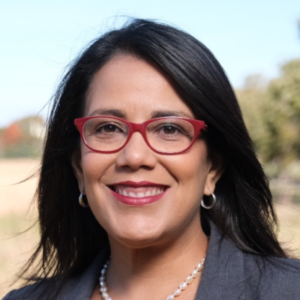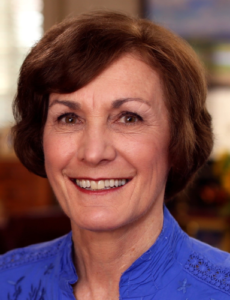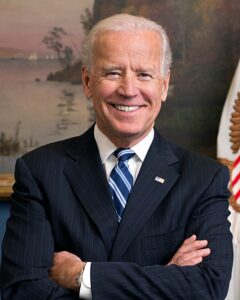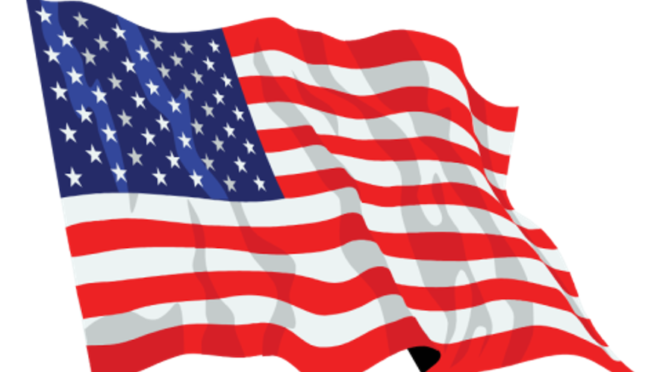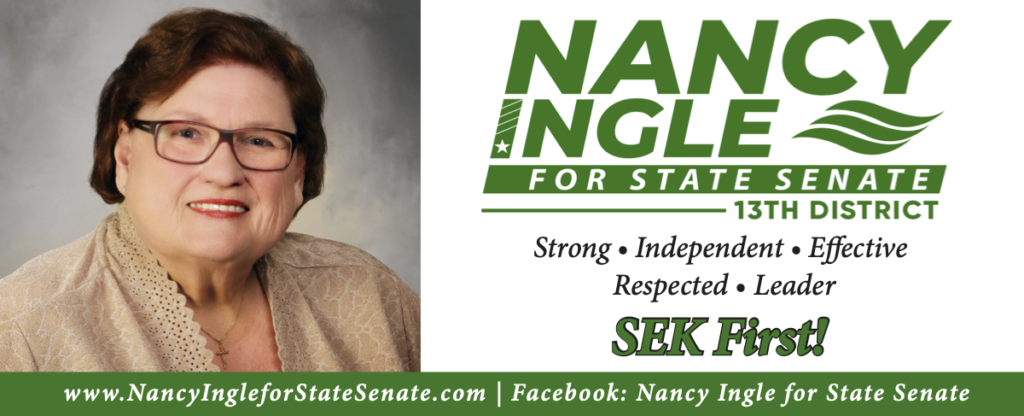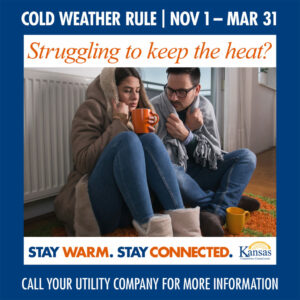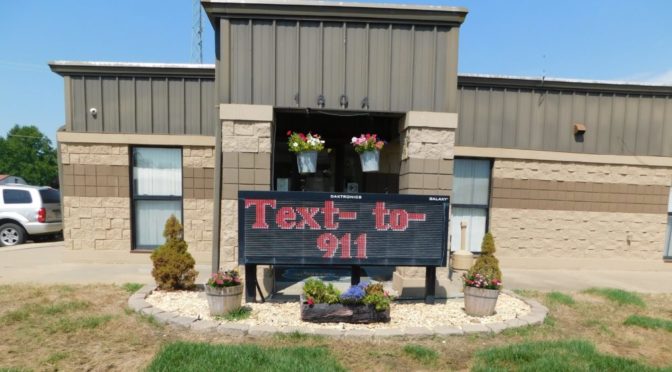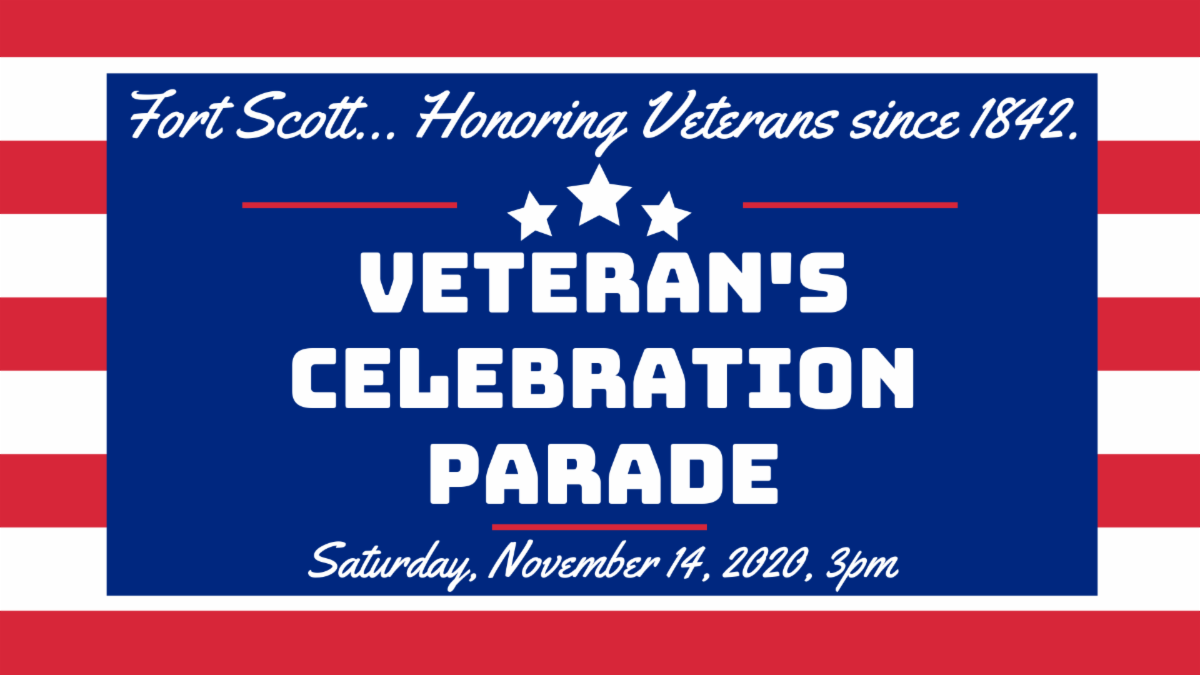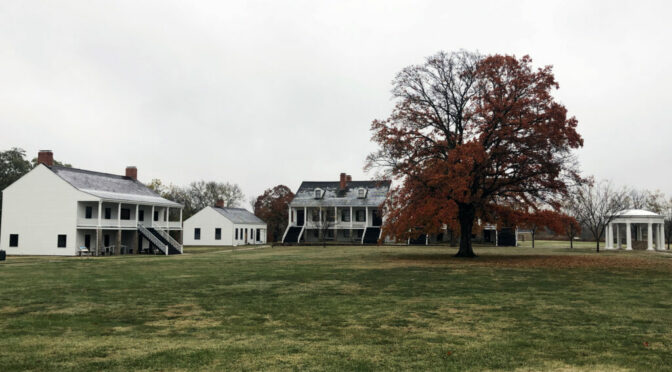Governor Laura Kelly Unified Testing Strategy Remarks
TOPEKA – The following are Governor Laura Kelly’s full remarks from her COVID-19 Press Briefing on October 28, 2020, detailing the framework for the Unified Testing Strategy. Graphics from today’s press conference can be found here.
Good afternoon.
As you know, yesterday I brought together a bipartisan group of legislators to ask whether they would support my efforts to call a special session for emergency legislation to implement a statewide mask requirement.
I convened the meeting because, as we have discussed previously, case rates and hospitalizations are spiking in counties that opted out of my July mask order, and today Kansas surpassed 1,000 total COVID-19 deaths.
To put this into context: the state did not reach five hundred COVID deaths until September, roughly six months after the pandemic began. It took a little over six weeks for another 500 Kansans to die.
Yesterday’s call was productive, and I believe both sides were acting in what they felt were the best interests of the State of Kansas.
I began the conversation by asking Legislative leadership to reconvene in a special session to pass bi-partisan legislation to restore my ability to require mask wearing across Kansas.
In response, Republican leaders asked if – before calling a special session – I would consider a strategy of reaching out to local leaders to implement their own mask requirements.
I agreed, with the stipulation that Legislative leaders, in conjunction with their caucuses, reach out with me to county and city leadership, as well as stakeholder groups, and that we move as quickly as possible.
We can’t afford to wait another moment to begin this process.
I have directed my staff to put all our energy into this strategy.
However, if we are unable to convince communities to voluntarily implement a mask mandate, I will move expeditiously to find another way to implement a statewide mask requirement.
Now on to the numbers update.
Since Monday, Kansas has reported 3,369 positive COVID-19 cases and 31 new deaths.
This brings us to a total of 82,045 cases, 3,752 hospitalizations, and it is with deep sadness that I say we have reached 1,007 deaths.
I offer my sincere condolences to the family, friends, and loved ones of those who have succumbed to COVID-19.
In acknowledgement of their losses, today I ordered flags to be flown at half-staff statewide effective immediately until sundown, Friday, October 30, 2020.
Though case numbers I shared moments ago offer some insight into Kansas’ current pandemic response, they do not tell the full story of how the virus is moving through our state.
So, before I move into today’s announcement, I want to give a brief recap on what we have learned since my COVID update last Wednesday.
Last week, our state’s seven-day rolling average test positivity rate was 10.54% percent – which is just above the 10 percent threshold recommended to open schools and businesses.
On Monday, for the third week in a row, Kansas broke the record for the highest number of new cases of any reporting period at nearly 2,500 – which we broke again today at over 3,300.
Hospitals – particularly in our rural areas – continue to see increasing numbers of COVID-19 patients, putting a strain on bed capacity and staff.
Though case numbers in Kansas may be increasing, as always, there is still time to turn our virus response around.
We are learning more every day about the effectiveness of COVID-19 mitigation strategies and public health guidelines – especially mask use.
A study conducted by researchers at the University of Kansas found that counties with mask mandates have effectively stopped virus transmission from increasing.
Counties with no mandate have seen infection rates climb.
A report from the institute for Health Metrics and Evaluation at the University of Washington showed that strict adherence to mask orders could save 130,000 American lives by the end of February. If not, United States death toll could reach 500,000 in that time.
It’s clear that until a vaccine is available and widely deployed, mask usage is one our most important strategies for keeping Kansas schools and businesses open.
But masks are just one piece.
We must also increase testing capacity, isolate those who test positive, identify those who have been in close contact, and communicate the importance of quarantining to keep our communities safe.
This brings me to the framework for our new Unified Testing Strategy.
Over the last four weeks, a team at the Kansas Department of Health and Environment – under the direction of Special Advisor to the Governor Marci Nielsen, PhD – has been working diligently to develop this strategy in a way that fits Kansas.
Broadly speaking, the new strategy identifies where Kansas currently stands, and paints a picture of where we need to go – and how we can get there.
To give some background:
Since the pandemic began, local and state public health departments have largely focused their efforts on testing only those who have symptoms of COVID-19, or testing in areas where outbreaks are occurring.
We have made great strides in improving outbreak response over the past several months.
However, to effectively locate the virus in our communities, keep Kansans safe, keep kids in school, and keep our businesses open, we must do more.
We need to expand testing to include regular screening for the virus before it spreads.
That’s what the new Unified Testing Strategy will allow us to do.
It will coordinate both public and private COVID-19 testing efforts across Kansas to allow for broader routine screening in places like schools and nursing homes, to stop community spread before it starts.
With the investment of SPARK funding which was recently competitively bid and will soon be announced, we can nearly double the amount of testing we are doing in Kansas by years end.
That will move us from a total of 600,000 COVID-19 tests to date, to more than one million by the end of 2020. We will also expand beyond the types of testing we are conducting from just diagnostic to screening and surveillance.
KDHE will be working with our partners in the private sector to expand labs and supplies, enhance data and reporting, provide support for isolation and quarantine, and increase our public communications about controlling the virus’ spread.
This is especially important for populations at high risk, but also for businesses across the state worried about keeping their workforces safe and their doors open.
A unified testing strategy will be resource intensive, but will help us to save lives and rebuild our economy.
The graph behind me visually demonstrates how this will work.
For those populations at the highest risk, located in the green section, state and local public health officials will continue to investigate outbreaks, but also regularly screen for the virus and isolate those who test positive.
For populations at medium risk, in the blue band, health officials will once again continue to investigate outbreaks but also use surveillance testing – which uses methods like testing wastewater for signs of COVID-19.
Through the new strategy we have also cast a wider net when it comes to accessing information and resources for our COVID-19 response.
If you recall, I recently announced that Kansas had joined the Rockefeller Foundation COVID-19 Testing Solutions Group.
Today I am pleased to report that Kansas is now part of collaborative effort funded by the National Institutes of Health to improve COVID-19 testing for underserved and vulnerable populations.
The University of Kansas Medical Center is one of 32 institutions across the United States that will focus on increased testing in populations disproportionately affected by the pandemic.
Referred to as the Rapid Acceleration of Diagnostics (RADx) initiative, 10 counties will be working with a KUMC research team to build a learning collaborative that will help support our most vulnerable populations and help inform the work of Kansas’ unified testing strategy.
I know that oftentimes when we think of testing, we may not consider the whole picture. We only think about the test itself and receiving the results on our phones afterward.
But there is so much more for our public health officials to consider.
We need comprehensive, accurate data that health officials can analyze to determine our most vulnerable populations or locations so that the state can respond accordingly.
We need access to labs that have sufficient testing capacity.
We need reliable transportation to move samples from health facilities to labs, where they can be tested for COVID-19.
The Unified Testing Strategy has all of that in mind, and more.
Through this approach we can work together with local health departments to analyze what we have, what we need, and how we can get it.
Last week I visited Salon Chemistry in Wichita to learn more about the owners’ COVID-19 mitigation strategies and commend them for their diligent efforts to keep Kansans safe.
While I was there, we talked about how hard it was for them when virus spread required my administration to close certain businesses last Spring.
At that time, our state did not have access to sufficient testing supplies or PPE to ensure customers and employees could stay safe.
We had little understanding of how the virus spreads, or how it manifested.
We have learned a lot over the past several months.
With that evolving knowledge and understanding, with a unified testing strategy, we can provide businesses like Salon Chemistry with absolute certainty that they will be able to continue operation this winter and beyond.
Adding the Unified Testing Strategy to our tool box, along with universal mask usage, social distancing, and avoidance of mass gatherings, we can contain this virus and give our scientists time to develop a vaccine that will allow us to resume our normal activities.
With that, I will take questions.
